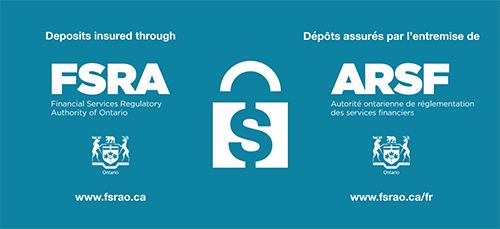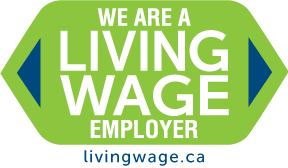What is a Registered Education Savings Plan?
Registered Education Savings Plans, or RESPs, are tax-sheltered investment plans designed to help you save for post-secondary education. As an RESP subscriber you’ll name one or more beneficiaries, such as your children or grandchildren, and make contributions to a plan on their behalf. An RESP allows the account to grow tax-deferred, meaning no taxes on capital gains and no income taxes on interest and dividend payments. Plus, the government pays you to save by kicking in a grant of up to $7,200 over the life of the plan.
You can also start an RESP for yourself. Unlike a Registered Retirement Savings Plan, or RRSP, the contributions you make to an RESP do not generate a tax credit. However, your contributions can be invested in growth- or income-oriented assets that grow on a tax-deferred basis as long as they remain in the account.



